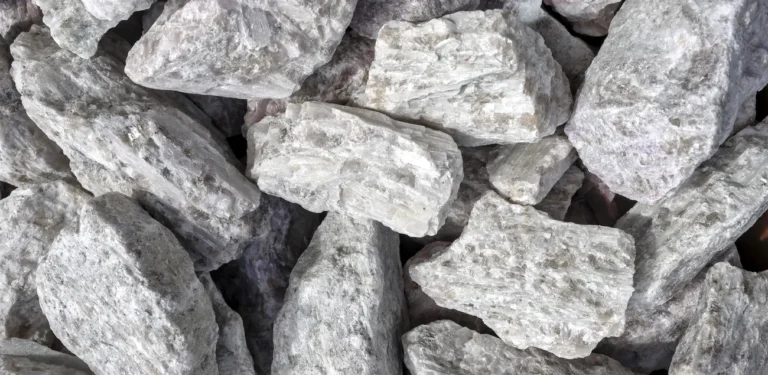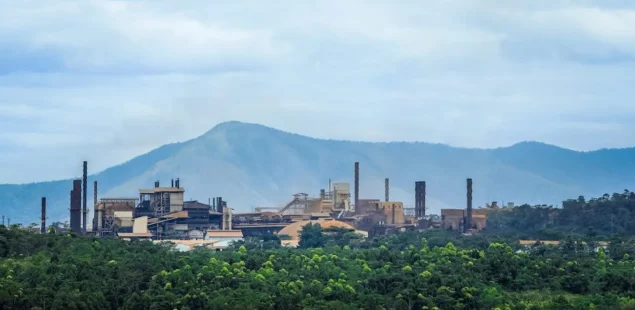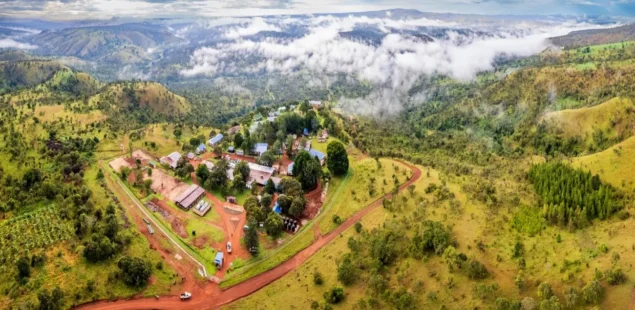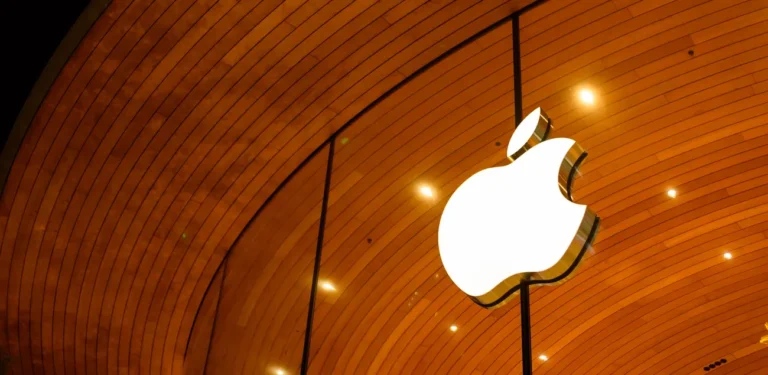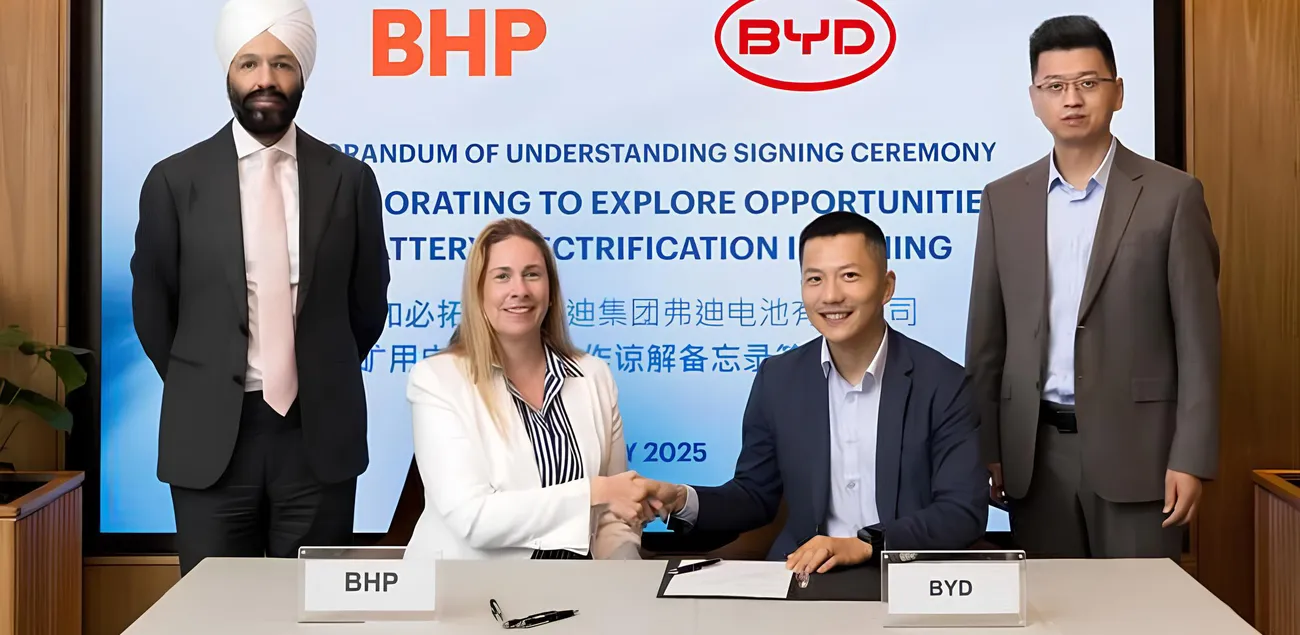
BHP—the world’s biggest listed miner and a heavyweight in iron ore, copper and metallurgical coal—has struck memoranda of understanding with Contemporary Amperex Technology (CATL), China’s battery behemoth, and FinDreams Battery, the cell-making arm of EV giant BYD. Together they will develop battery-electric haul trucks, locomotives and on-site charging kits for BHP operations worldwide. The goal: knock at least 30 percent off the group’s operational greenhouse-gas emissions by 2030 (from a 2020 baseline) and hit net-zero scopes 1 and 2 by 2050. With a market value near US$132 billion, BHP says the tie-ups could replace a meaningful chunk of the diesel that analysts reckon makes up as much as half of an open-pit mine’s direct footprint.
Battery-Electric Fleet Targets Diesel Phase-Out
Diesel haul trucks and loco consists lug almost two billion tonnes of material around BHP sites each year—making the switch-over to batteries the company’s single biggest decarbonisation lever. CATL will craft modular lithium-iron-phosphate packs for 220-tonne-plus haul trucks and long-distance ore trains, drawing on know-how proven in a 120-tonne electric mine truck rolled out in 2021. Over in Western Australia Iron Ore, BHP has already ordered two 7 MWh FLXdrive battery locomotives from Wabtec; rival Rio Tinto has bought four, showing how fast rail electrification is gathering steam.
Pilbara Corridor to Host Early Trials
Early demonstrations will take place in the Pilbara, where BHP’s private 426-kilometre rail artery shuttles ore to Port Hedland and solar power is plentiful. Analysts put annual diesel burn on the line north of 600 million litres; one battery locomotive, if fed renewable juice, could avoid roughly 11,000 tonnes of CO₂ a year. FinDreams will chip in blade-battery vans and utes for day-to-day site work and install flash-charging stations capable of topping up light vehicles in under ten minutes.
Infrastructure and Recycling Close the Loop
The MoUs also cover stationary storage systems designed to soak up excess solar during the day and release it for night-shift loading, a move that could push electricity costs below diesel parity. Both CATL and FinDreams have agreed to take back spent batteries for recycling—squarely aligned with BHP’s cradle-to-gate accounting commitments under the International Council on Mining and Metals.
Balancing Capital Discipline with Climate Commitments
With underlying EBITDA of US$28.2 billion in 2024/25 and net debt of US$11.9 billion, BHP has room to bankroll pilot projects before any fleet-wide rollout. Even so, the stock dipped 0.9 percent in Sydney after the news as investors weighed upfront capex against near-term returns. Consultancy Skarn Associates estimates electrifying a typical open-pit truck fleet can raise unit costs by up to US$0.70 a tonne at first—savings from lower fuel and maintenance only show up later.
Company Background and Market Context
Founded in 1885 as Broken Hill Proprietary, BHP today runs giant iron-ore mines in Western Australia, copper hubs in Chile and South Australia, and metallurgical-coal pits in Queensland, while also building a major potash project in Saskatchewan. CATL, based in Ningde, supplies roughly 37 percent of global EV-battery demand and is pushing hard into heavy-duty vehicles and grid storage. FinDreams Battery, spun out of BYD in 2020, licenses its blade design to partners such as BorgWarner for commercial-vehicle use.
Copper—mined by BHP at Escondida and Olympic Dam—recently fetched about US$4.34 a pound (roughly US$9,580 a tonne) after U.S. tariff talk tightened supply. Each battery-electric haul truck needs around 1.5 tonnes of the metal for motors, cables and chargers—tying BHP’s own decarbonisation journey to long-run demand for one of its key products.
